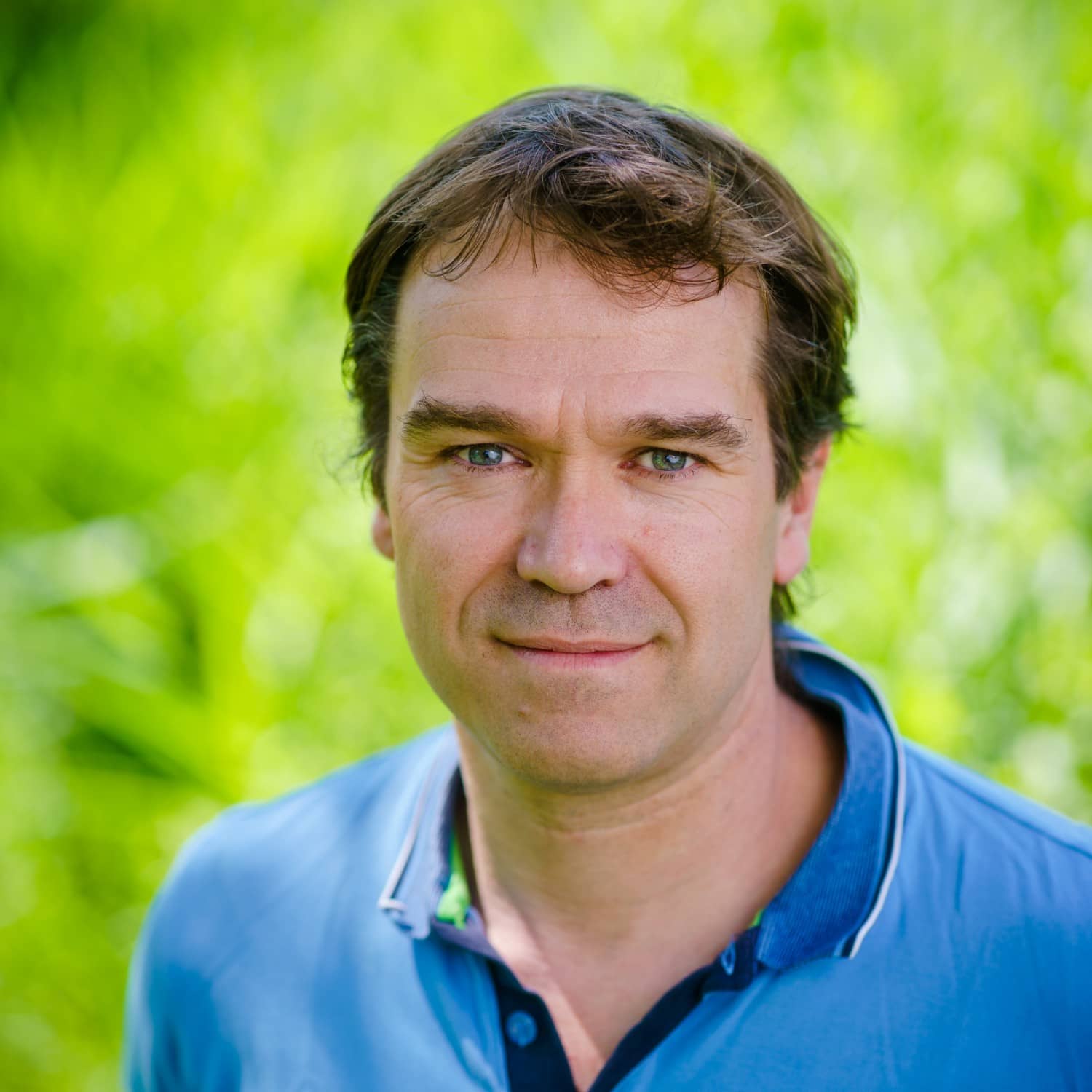Design Approaches Definitions
Regenerative Design
Can human and natural systems co-evolve? How important is the location of a project? In this video, Nico discusses regenerative design and its inherent relation with systems thinking.
Main Takeaways
- The term “regenerative” describes processes that restore, renew or revitalize their own sources of energy and materials.
- There are at least three levels of regenerative systems: a. the systems design interventions level, b. the Networks and Habitat interventions level and c. the Species design interventions level.
- Regenerative Design or Urban Ecology Design is situated in the alliance of landscape architecture, urban planning, civil engineering and architectural design intervention.
